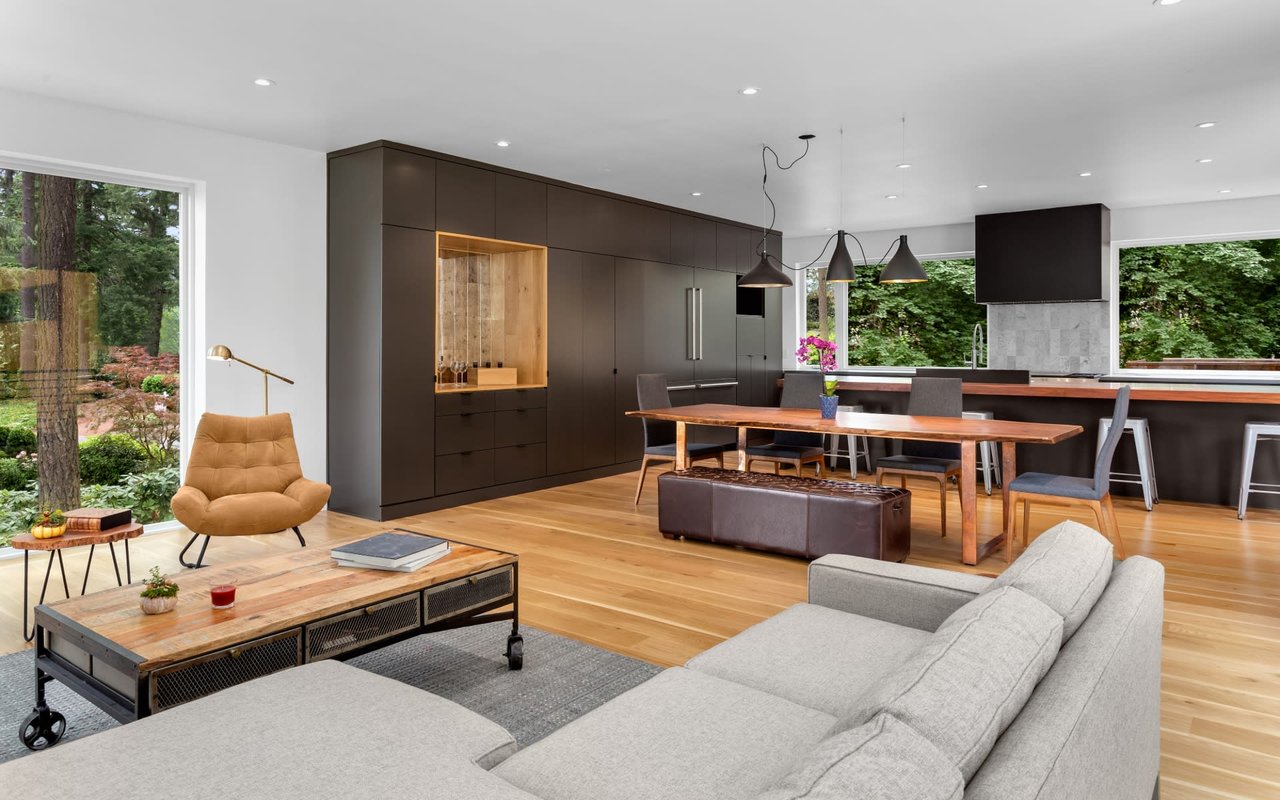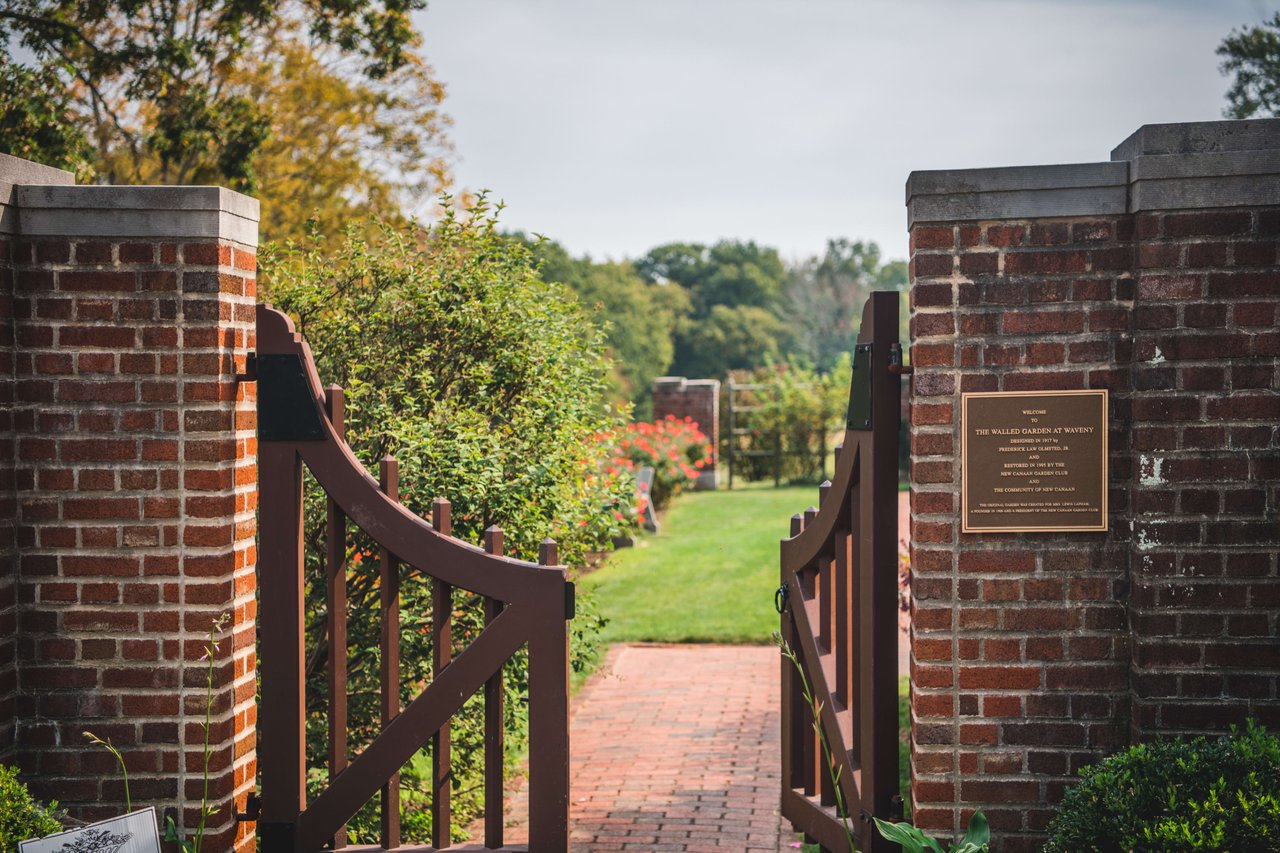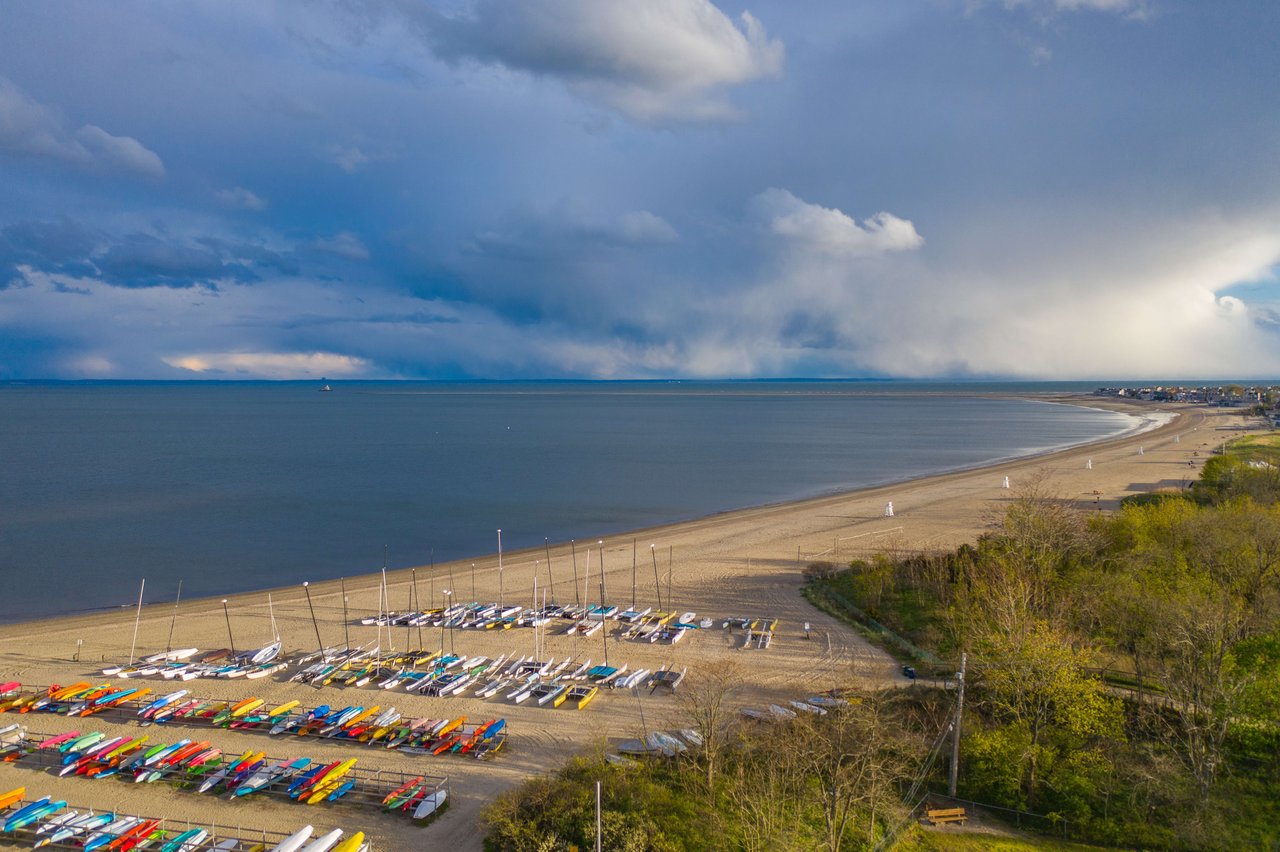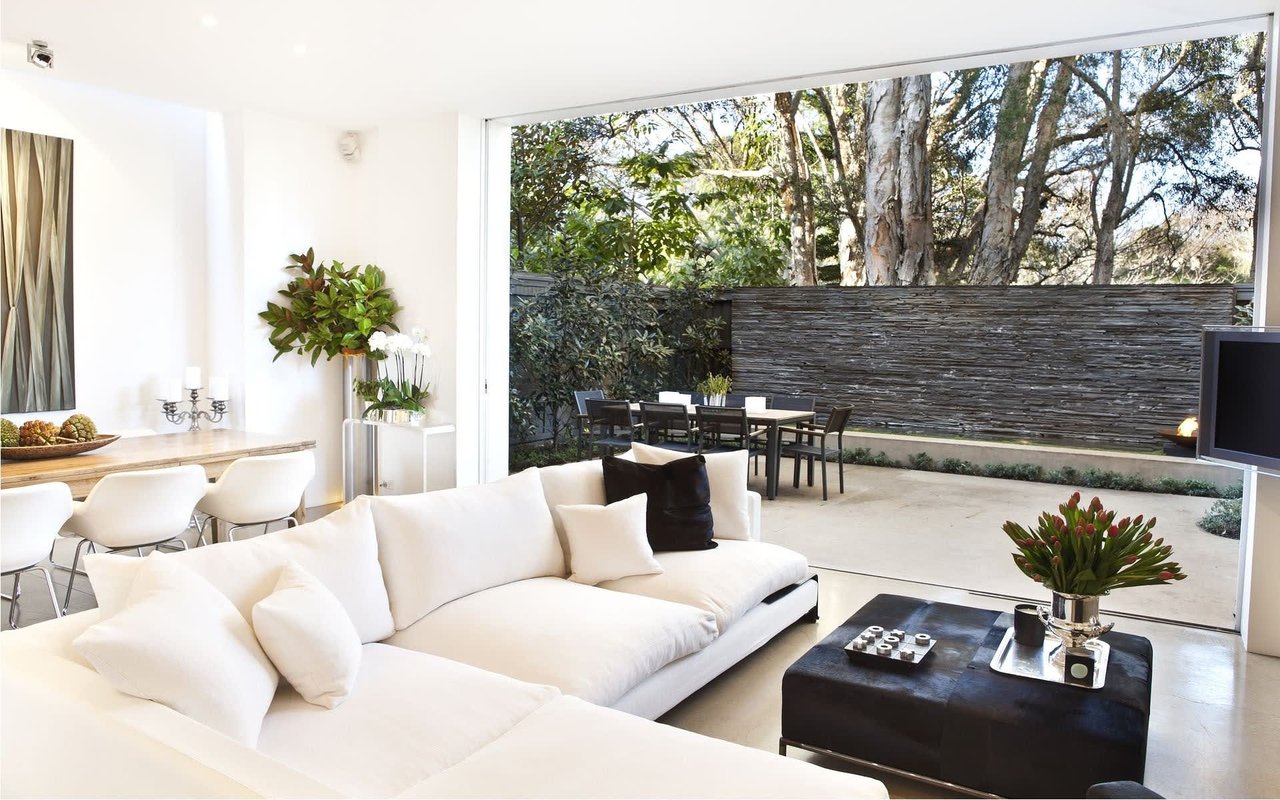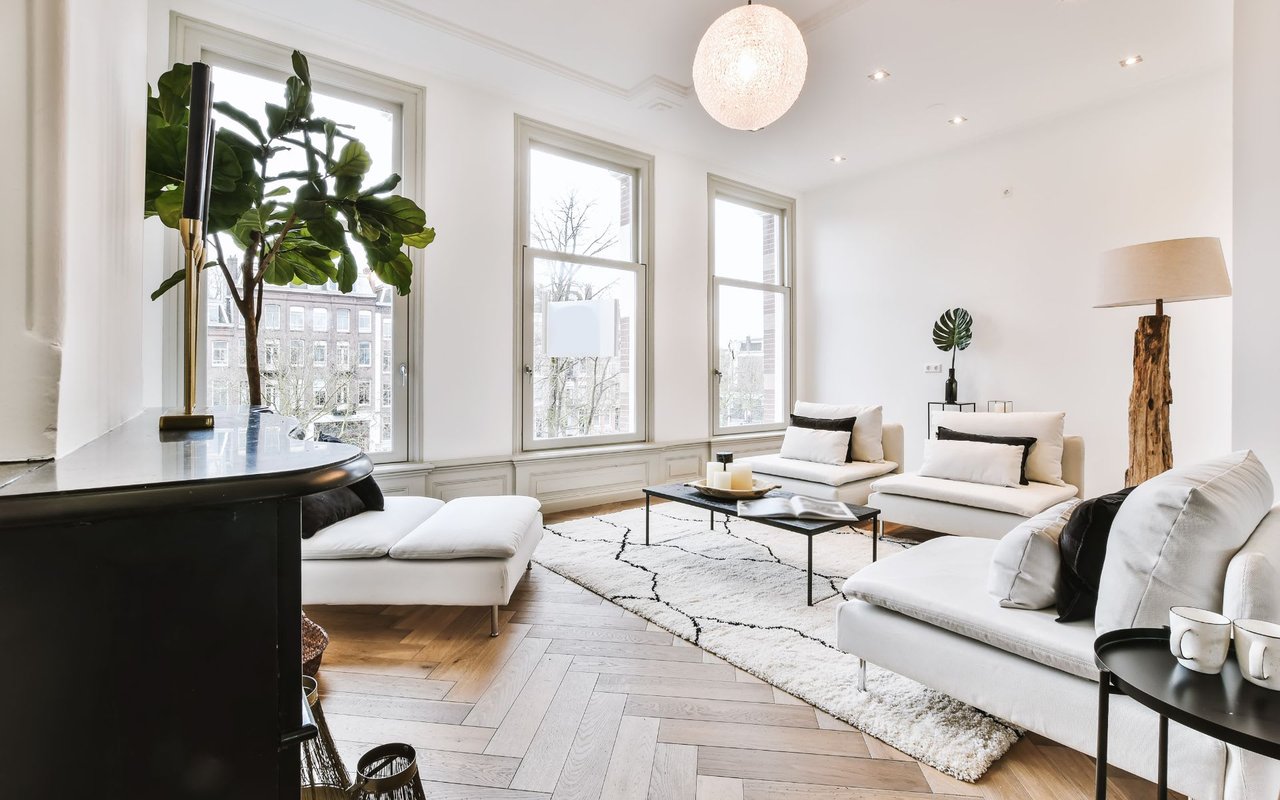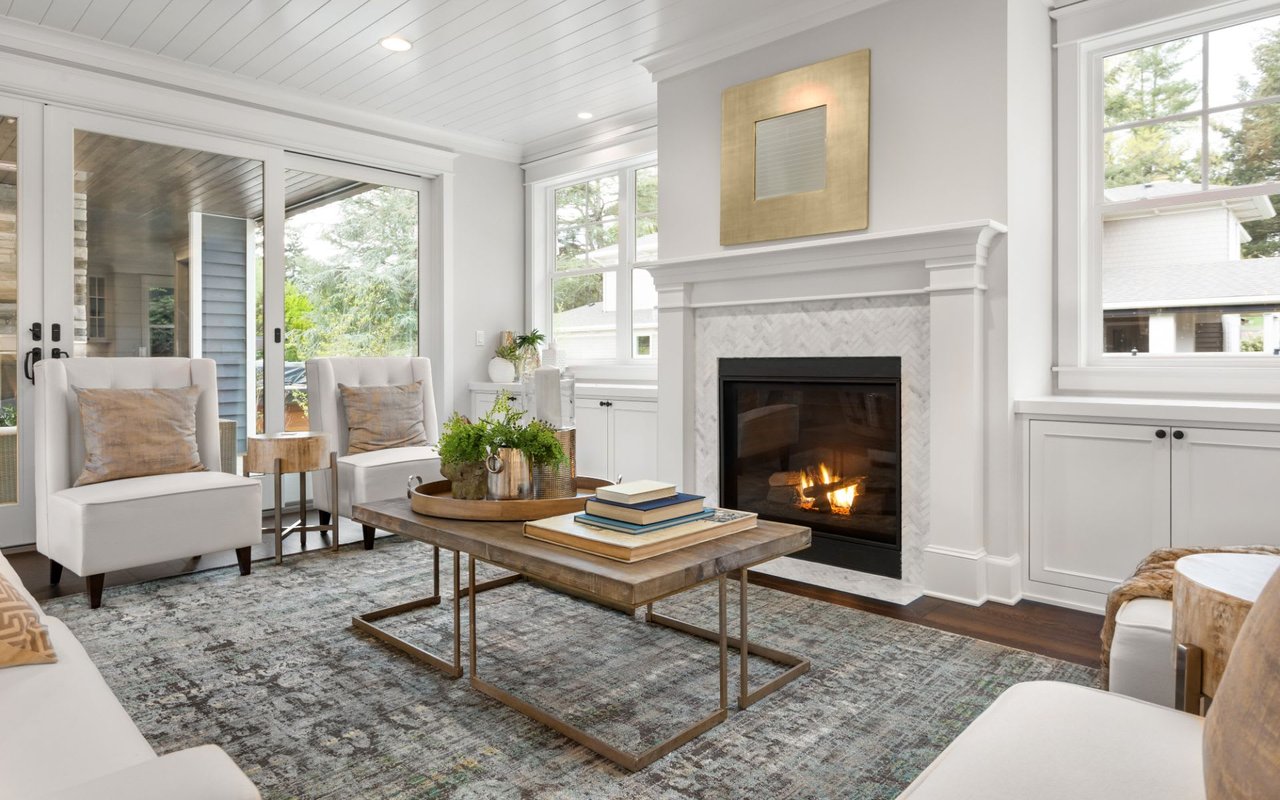The following factors affect the value of your property to a builder simply because they impact the potential sale price of the new construction home that can be built on the lot.
Location, Location, Location:
Street Type: Property situated on a quiet cul-de-sac tends to be more valuable to a builder than property on a busier or through the street. Primarily because a new home on a cul-de-sac has the widest possible pool of buyers as it includes many families with young children who prefer this setting for bicycle riding and playing in front of the house. There are however some important exceptions to this rule. Certain streets in town are well known, particularly pretty or desirable, e.g. Old Hill Road, where lot prices are some of the most expensive in town, Prospect Road, a popular centrally located Greens Farms neighborhood, and Turkey Hill Road, a through street but certainly one of Westport’s most sought after addresses. Also, many people want their homes to be noticed, not surprising given how beautiful these homes are and how costly. Property on very busy roads, however, will usually sell at a discount. This can create an opportunity for both the builder, who can offer a bigger, better house for the same money due to the savings on land cost, and for the buyer who can get a bigger, better house than he otherwise would for the same money.
Neighborhood: Many
Westport neighborhoods are equally desirable for new construction, meaning a cul-de-sac acre with similar features will be worth a similar amount whether in the Hunt Club or Saugatuck areas. The exception that proves the rule is Compo Beach, where the limited number of building lots creates a premium. Particular streets command premiums, e.g. Old Hill Road. The truth is that each neighborhood in Westport has its special features that are prized by different buyers. For example, the Gorham Avenue neighborhood commands a premium given the size of the lots there because some buyers want that walk-to-town village feeling. One final observation is that building lots closer to town tends to be more desirable than lots further North, which some buyers feel are too far from town and train, especially buyers moving up from the city who prize convenience and neighbors close by over the additional acreage.
Neighboring Homes: Neighboring new or upscale homes enhance the value of a property. More modest homes have the opposite effect. If the street has potential for turnover, a new home buyer may have the opportunity to get on the street for a better price than if the street had already “turned over”. An experienced agent will know whether or not a street has the potential for turnover. Just because there are one or two new homes on a street does not mean the entire street is buildable. For example, one side of the street may contain wetlands, preventing redevelopment along that entire side of the street.
Physical Property Characteristics:
Lot Size: Property of an acre or more supports the most expensive new homes and consequently will sell highest. Again, the exception would be for building lots in the beach area, where small lots can sell for premium prices. An interesting observation is that the increase in price for lots over an acre can be marginal at best. A 1.3-acre lot will likely not sell much higher than an acre. After all, it still supports one new home. When comparing prices for 2-acre lots (in a 2-acre zone) vs 1-acre lots, the price difference can be much less than expected. One reason for this is that homes in central Westport (typically on one acre) have been selling better than homes further North, where the 2-acre zones prevail. For many buyers, the proximity to the town outweighs the extra acreage. A one-acre lot with a premium location in central Westport can currently sell for approximately $1.1 million, which is about the same price that a builder would pay for a 2-acre lot in Coleytown, Westport’s northernmost area.
Wetlands: Westport has many areas that have designated wetlands. If your property contains wetlands, mandatory setbacks (50’ currently) can limit the size of the house that can be built, or limit the ability to install a pool in the yard, causing a significant impact on value. In some cases, wetlands may be so prevalent as to make the property “unbuildable.” [Note: Town regulations require that to obtain a building permit for any property containing wetlands or adjacent to wetlands, a soil test must be done to confirm the precise boundary of the wetlands. This means that a builder will likely condition his offer on the results of this soil test, which can be performed in a short period, usually within a week or so.
Slopes: Generally speaking, level property is most desirable. A small slope can be perfectly fine, especially if it accommodates that popular sought-after feature – a walk-out lower level. However, steeply sloping land will significantly impact value in two ways: One, steep slopes reduce the allowable building coverage reducing the size of houses that can be built. Secondly, most buyers want a nice level play yard in the back for their swing set.
Presence of Ledge: A significant ledge on a property, usually evidenced by rock outcroppings, can increase the cost of construction, which will figure into the price paid by a builder.
Lot Shape: Rectangles are king. An odd-shaped lot can greatly reduce the building envelope as a result of setback requirements.
